Mountain Driving
Welcome To Our Quick & Easy Driving Information Guide
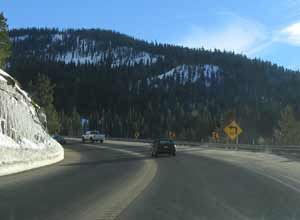
Mountain driving is very different from driving in flat lands. In addition to changing weather, be prepared for steep hills, windy roads, wildlife, and rocks in the roadway.
When driving at high altitudes, remember the following:
- Thin mountain air can affect your car's engine and diminish your acceleration and climbing power
- The potential for overheating is greater
- The potential for vapor locks is greater
During very hot weather, gasoline can simmer or boil and turn to a vapor, developing a condition called vapor lock. Your engine stops running or locks up. If your engine becomes vapor locked, turn it off and let it cool.
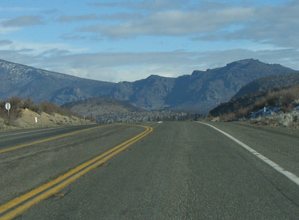
If your vehicle experiences difficulties traveling up steep roadways, pull off the road at the first place you may do so safely, or stay in the right lane to allow other vehicles to pass.
Here are some tips:
- Pay special attention to speed limit and warning signs, such as those warning of curves, steep hills, or other hazards.
- Watch for bicyclists near the right edge of the road.
- Use a lower gear to control speeds while going up or down long, steep hills.
- Do not coast downhill by shifting into neutral or disengaging the clutch..
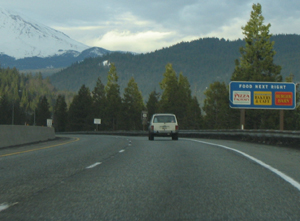
When driving on mountain roads, your most important considerations are:
- Vehicle condition: your brakes, steering, suspension, and cooling systems must be in good condition.
- Speed: your speed should not be too fast for road and weather conditions. Also, you should be able to maintain a safe speed on winding mountain roads.
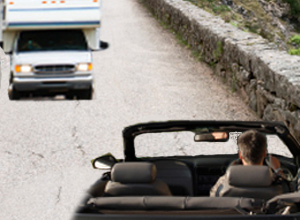
When vehicles meet on a steep, narrow road which is not wide enough for two vehicles, the vehicle going downhill must yield the right-of-way by backing up to a wider place or by stopping to leave sufficient space for the vehicle going uphill, except where it is more practical for the vehicle going uphill to return to a wider space or turnout.
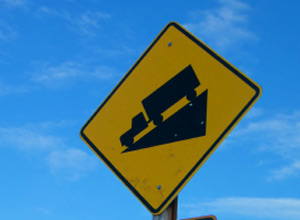
Vehicles often build up speed moving down a steep hill. Use a low gear to help slow your vehicle down. Don't drive in neutral or with your foot on the clutch. Check traffic through your mirrors. Be alert for large trucks and buses that may be going too fast. In some places, you will see a sign warning of a steep hill as shown in this figure. When ascending on a steep hill, maintain a steady speed by applying more pressure on the accelerator.
You must drive slowly enough so that your brakes can hold you back without getting too hot. If the brakes become too hot, they may start to fade. This means you will have to apply them harder and harder to get the same stopping power. If you continue to use the brakes like this, they will fade until you cannot slow down or stop at all.
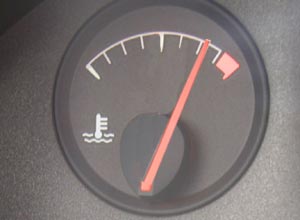
Your vehicle's engine may get overheated when driving on a steep incline for an extended time. You should avoid overheating the engine by not using the air conditioner and driving more slowly. Pull off the highway if your vehicle engine is in the red zone (too hot). If you continue driving, you can cause serious damage to your engine.
© 1997-2025 DriversEd.com. All rights reserved. Please see our privacy policy for more details.






